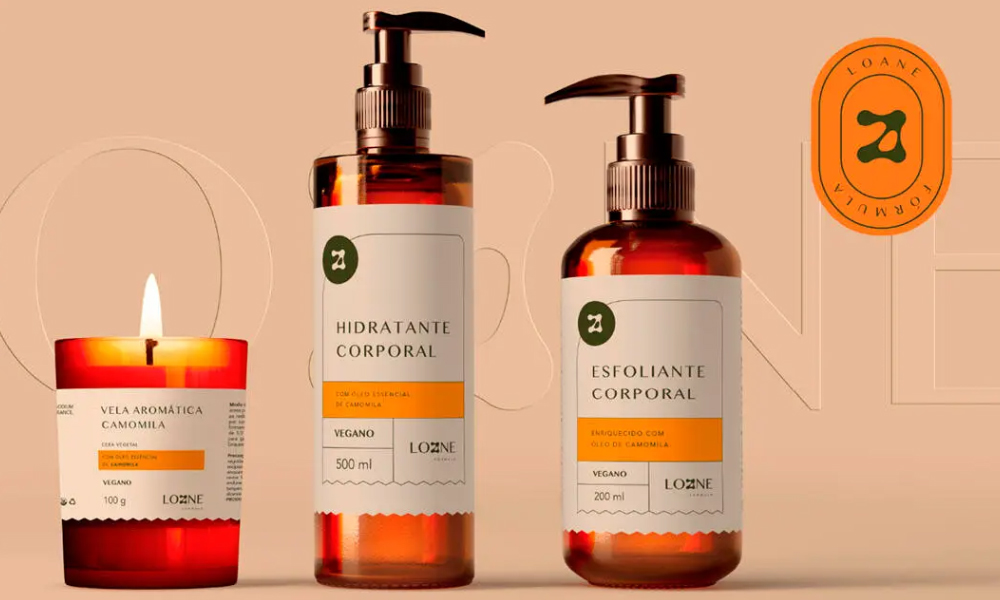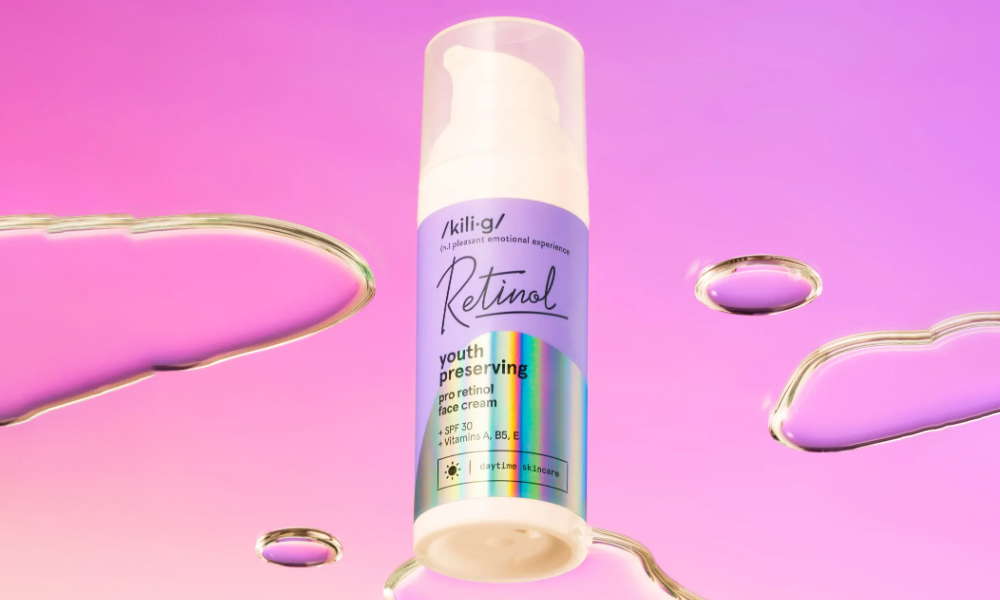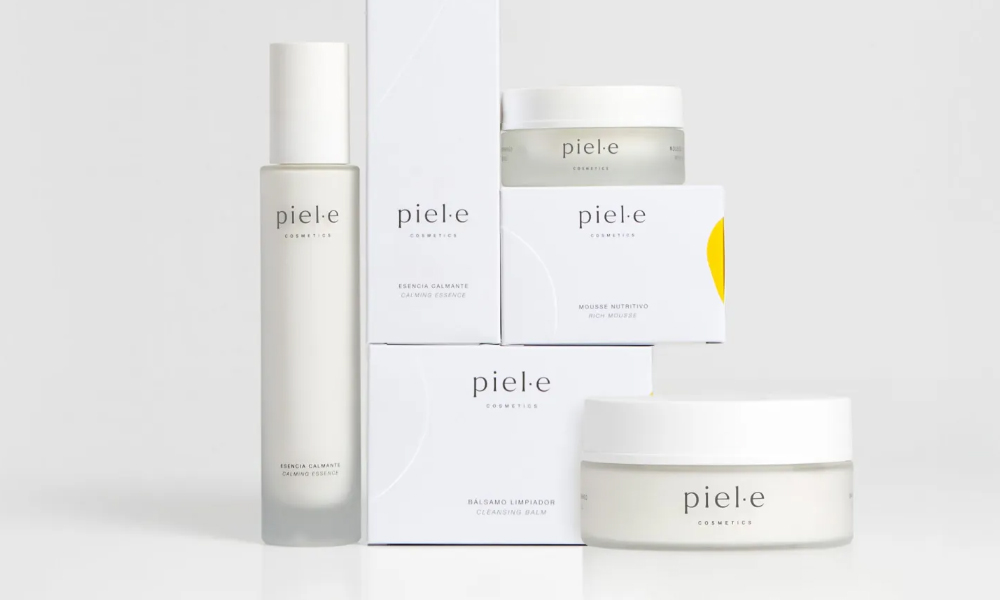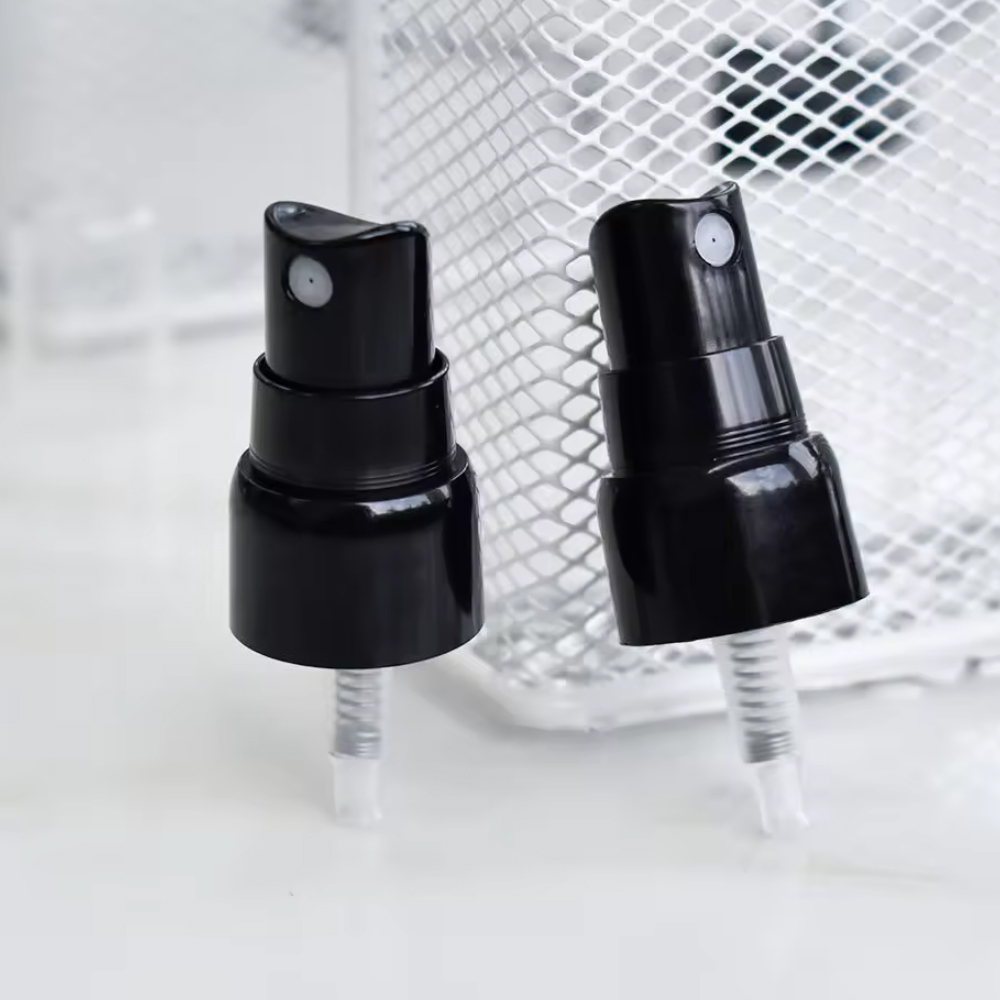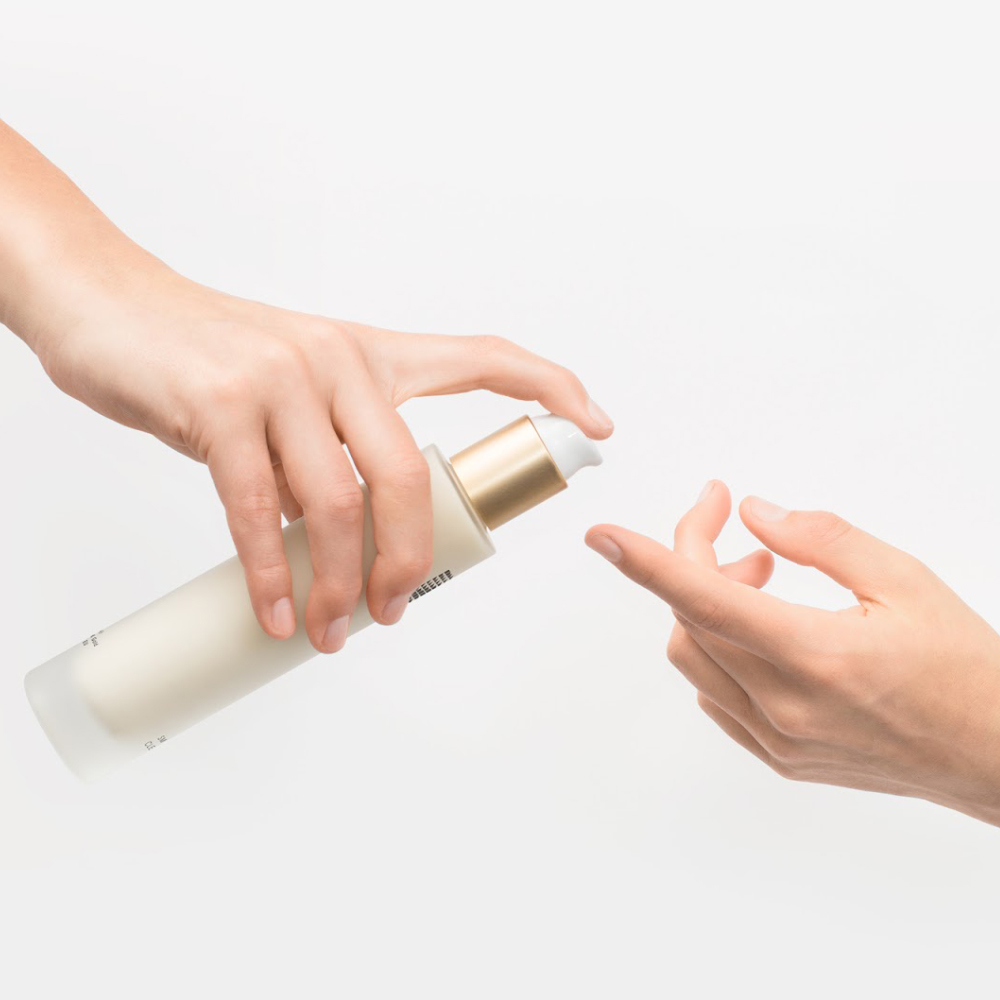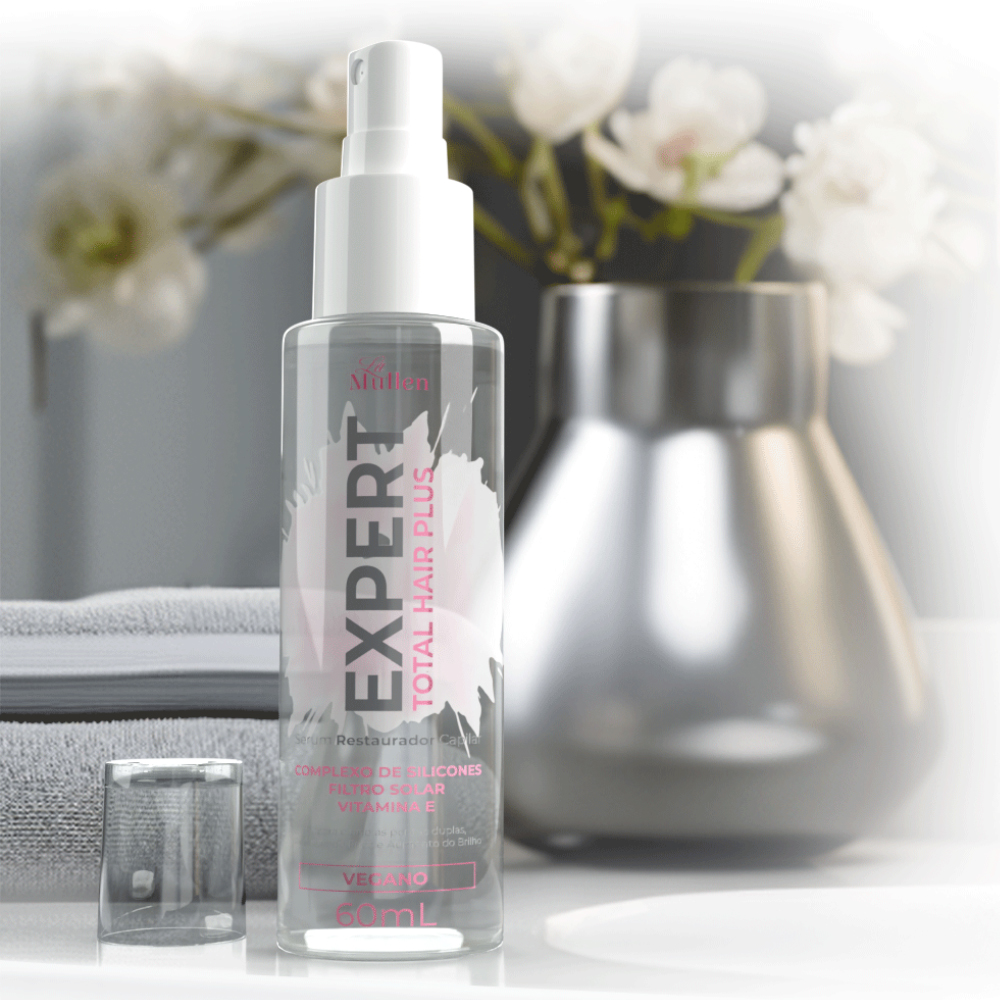
News & Blog
Great things in business are never done by one person. They’re done by a team of people. We have that dynamic group of peoples
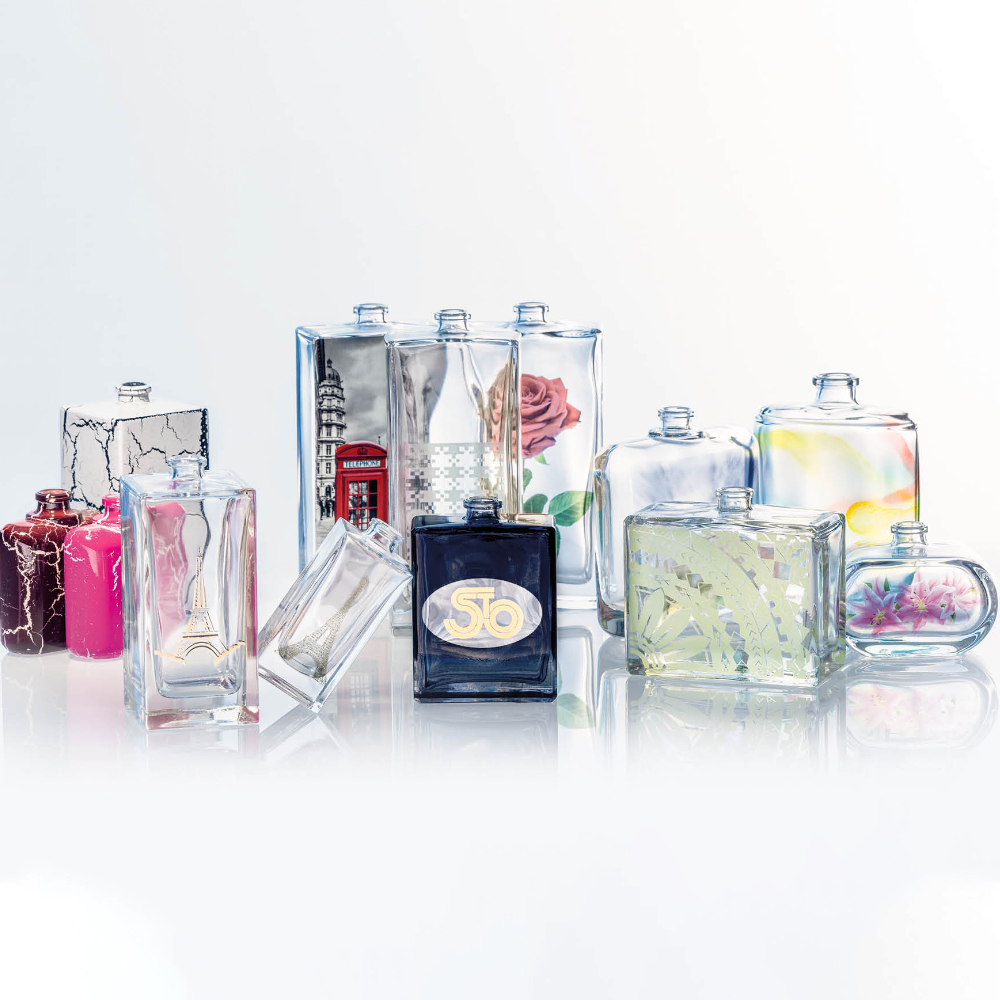
The 5 Advantages of Cosmetic Glass Bottles
In the competitive world of cosmetics, packaging plays a crucial role in product preservation, presentation, and overall brand perception.
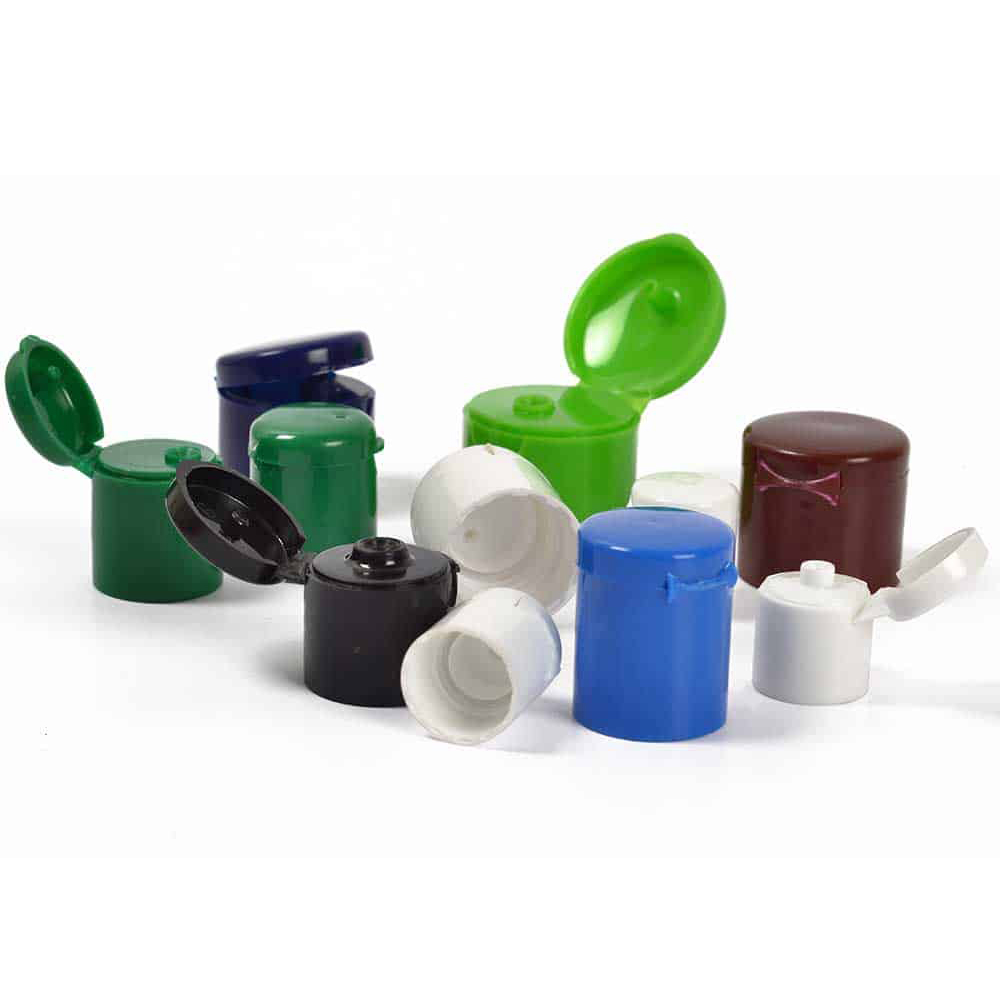
Choosing Perfect Bottle Cap: A Guide for Cosmetic Packaging
In the world of cosmetics packaging, understanding the various types of bottle caps is essential. From shampoo tops to body lotion lids, these caps are more than mere closures—they play a crucial role in the product’s usability, appearance, and shelf life.
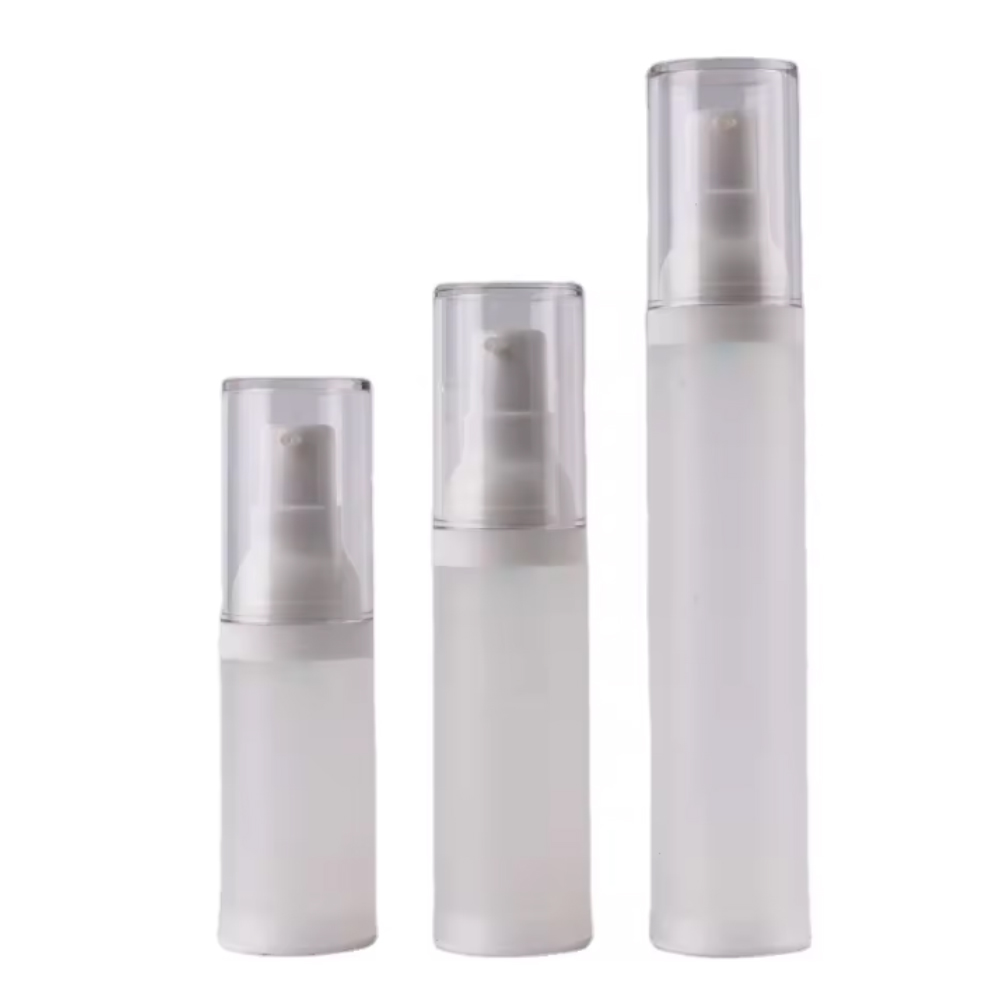
Airless Pumps: How They Work and Their Benefits
Airless pumps are an innovative packaging solution transforming the cosmetic industry.

